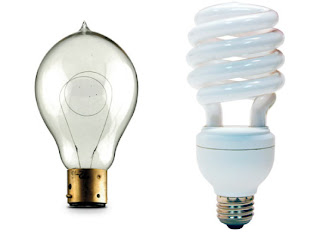Using a climate model developed by the U.S. National Center for Atmospheric Research, the researchers simulated the aerodynamic effects of large-scale wind farms — located both on land and on the ocean — to analyze how the atmosphere, ocean and land would respond over a 60-year span.
For the land analysis, they simulated the effects of wind farms by using data about how objects similar to turbines, such as undulating hills and clumps of trees, affect surface “roughness,” or friction that can disturb wind flow. After adding this data to the model, the researchers observed that the surface air temperature over the wind farm regions increased by about one degree Celsius, which averages out to an increase of .15 degrees Celsius over the entire global surface.”
Add in the fossil fuels used to make turbines as well provide back up power and wind may not be environmental solution advocates purport it to be. If wind turbines made sense economically, these points wouldn’t matter as much, but wind energy cannot survive without tax credits and subsidies. In a speech last year to sell the stimulus package, President Obama said, “Take the example of wind power alone: I’m told that if we don’t act now, because of the economic downturn, half of the wind projects planned for 2009 could wind up being abandoned.”
Many businesses and companies held off on projects or contracted in this recessionary environment, but they weren’t artificially propped up. They were allowed to fail and their resources were put to more productive use.
Even so, the stimulus package failed to create as many clean energy jobs as many supporting the stimulus thought it would. Moreover, “Clean-energy leaders and many outside analysts added that green companies won’t begin hiring in large numbers until the federal government mandates renewable power consumption nationwide and dramatically upgrades the nation’s electric grid.”
In other words, if the government subsidizes us, sure we’ll build you some windmills. But don’t expect any until then. This is an unwelcoming sign for every single American who will be stuck financing these projects with higher taxes and higher electricity bills.
If wind can compete absent subsidies, mandates or tax credits, then Americans will benefit from a more robust, competitive energy market. To suggest that windmills will be the answer to our economic and alleged climate problems is nothing but blowing smoke to the American people.













